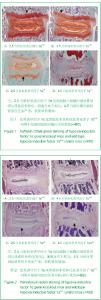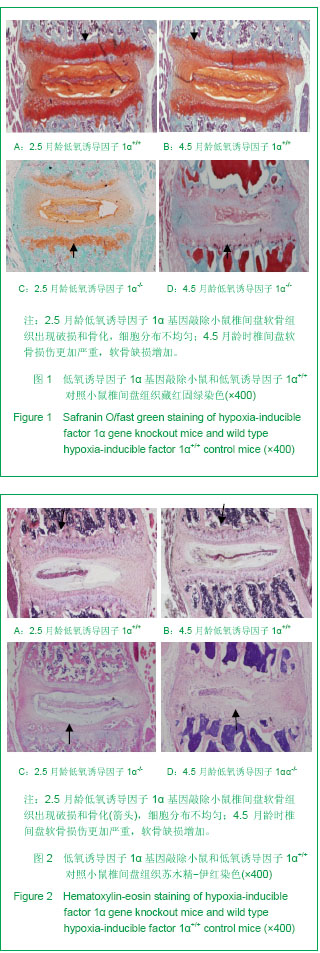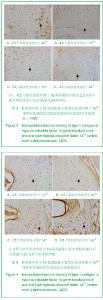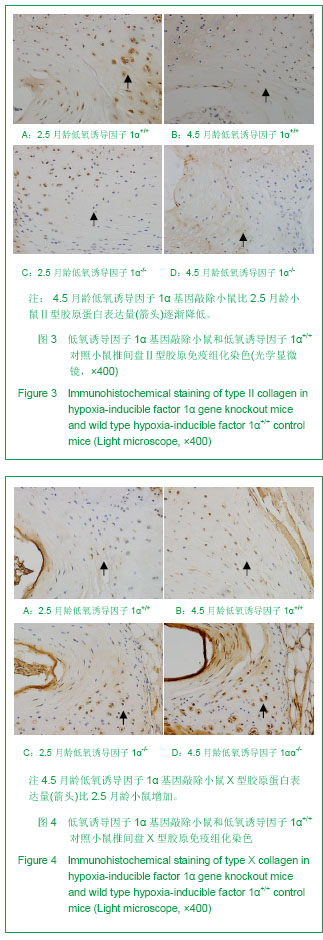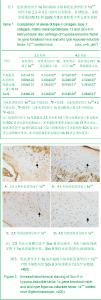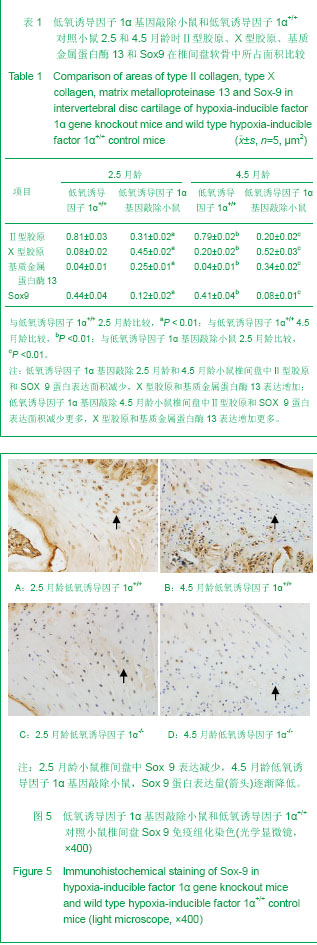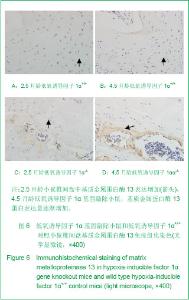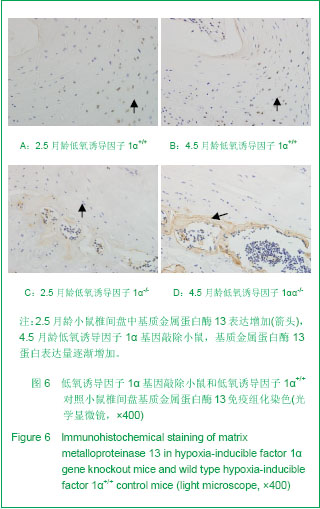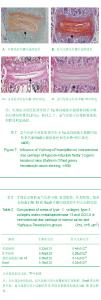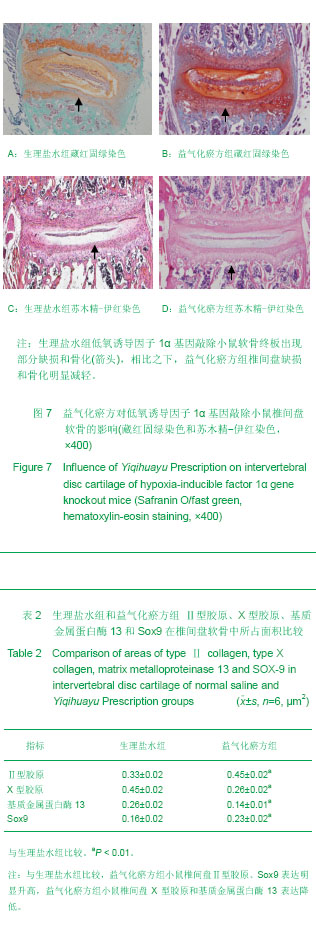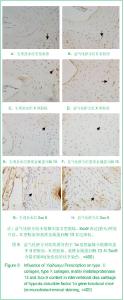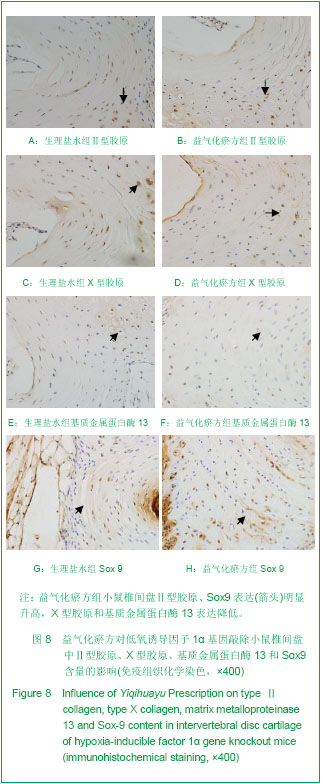| [1] Peng JG, Jia LS, Shi Q, et al. ZHongguo Jiaoxiang Waike Zazhi. 2000;7(2):147-150.彭宝淦,贾连顺,施杞,等. 软骨终板在椎间盘退变过程中的作用机理[J].中国矫形外科杂志,2000,7(2):147-150. [2] Hubbi ME, Gilkes DM, Baek JH, et al. Four-and-a-half LIM domain proteins inhibit transactivation by hypoxia-inducible factor 1. J Biol Chem. 2012;287(9):6139-6149.[3] Semenza GL. HIF-1 and human disease: one highly involved factor. Genes Dev. 2000;14(16):1983-1991.[4] Semenza GL. Oxygen-dependent regulation of mitochondrial respiration by hypoxia-inducible factor 1. Biochem J. 2007; 405(1):1-9.[5] Cha BH, Kim JH, Kang SW, et al. Cartilage tissue formation from dedifferentiated chondrocytes by codelivery of BMP-2 and SOX-9 genes encoding bicistronic vector. Cell Transplant. 2012 Jul 5.[6] Wang Q, Mei HP. Zhonghua Linchuang Mianyi he Biantai Fanying Zazhi. 2008;2(1):41-43.王嫱,梅焕平.骨性关节炎软骨修复与基因治疗[J].中华临床免疫和变态反应杂志,2008,2(1):41-43.[7] Hofer T, Desbaillets I, Höpfl G, et al. Dissecting hypoxia-dependent and hypoxia-independent steps in the HIF-1alpha activation cascade: implications for HIF-1alpha gene therapy. FASEB J. 2001;15(14):2715-2717.[8] Park SK, Dadak AM, Haase VH, et al. Hypoxia-induced gene expression occurs solely through the action of hypoxia- inducible factor 1alpha (HIF-1alpha): role of cytoplasmic trapping of HIF-2alpha. Mol Cell Biol. 2003;23(14):4959-4971.[9] Piontkivska H, Chung JS, Ivanina AV, et al. Molecular characterization and mRNA expression of two key enzymes of hypoxia-sensing pathways in eastern oysters Crassostrea virginica (Gmelin): hypoxia-inducible factor α (HIF-α) and HIF-prolyl hydroxylase (PHD). 2011;6(2):103-114.[10] Li RF. Shiyong Zhongyi Neike Zazhi. 2012;26(7):45-47.李蓉芳. 调脾化湿通络法治疗湿热阻络型类风湿关节炎对照临床观察[J]. 实用中医内科杂志,2012,26(7):45-47. |
